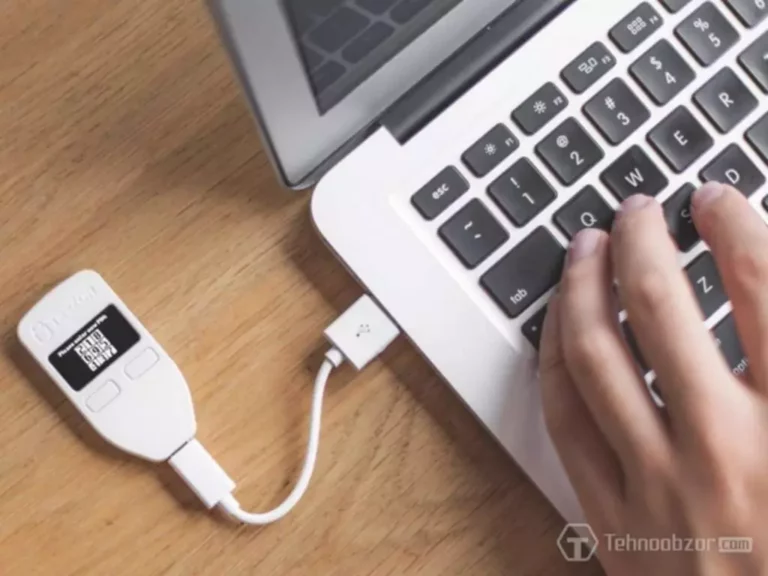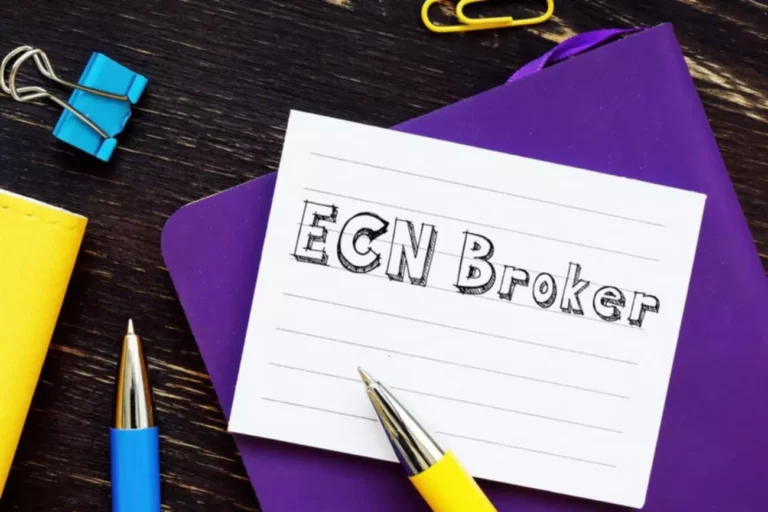What Does Burning Crypto Mean? How & Why Is It Burned?
Coin burning can generally be classified into two distinct categories, integrated at the protocol level or implemented as an economic policy. This action followed previous burns in September 2020 and April 2021, which destroyed $400k and $600k worth of SRM, respectively. Writer and researcher of blockchain technology and all its use cases. The stability of stablecoins stems from the use of a central reserve, which is vulnerable to regulation, mismanagement and error. This can increase token value, produce value stability or in some cases, be creative with the concept of value. That’s a great question – and the answer can be found with a quick recap of the dynamics of supply and demand.
- The scarcity of the token rises and triggers a price appreciation of the remaining tokens in circulation.
- The main one being that, although somewhat artificially, it can control the price of a crypto-asset, stopping either extreme inflation or deflation of a coin’s price.
- The aim here is to reassure potential investors that the future supply of the token will continue to shrink, calming concerns of inflation or an overly diluted market.
- This can be done by sending the coins to an unspendable address, also known as a “burn address,” where they can never be accessed again.
- Burning crypto can increase its value as it reduces the overall supply of the cryptocurrency, creating scarcity and driving up demand for the remaining tokens.
- There are several ways to reduce the risk of falling for a scam in the crypto space.
Typically, they come paired with a private key, providing means to open the vault. In the case of burning crypto, however, coins are sent to a “burner” or “eater” address with no known private key. A coin burn quite literally locks away digital assets and throws away the private key. Burning crypto refers to a deflationary process that permanently removes cryptocurrency tokens from circulation. This is done to decrease the total supply of a digital asset as an attempt to boost demand and increase market value. Some projects might also use coin burning as a sort of dividend payment to coin holders.
What are the risks of coin burns?
This was with the express intent of limiting the number of coins and increasing demand. • In 2017, for example, Binance Coin (BNB) began its series of quarterly burns. BNB launched with 200,000,000 total supply, and will continue on its burn schedule until 100,000,000 coins are burned — or 50% of all BNB in circulation. The second category involves developers who might decide to burn coins in order to control the supply of coins in order to manage inflation. Burning tokens can be similar to a company buying back its shares.
In exchange, you receive a reward in the native currency token of the blockchain. While eliminating coins and tokens may seem counterproductive, burning cryptocurrencies has several benefits. In addition to obtaining mining rights for new blocks, burning tokens can (as mentioned) help preserve the value of an asset. Another potential reason for coin prices to rise after a burn is publicity.
Key Takeaways
Burning coins serves as a supply control and price stabilization technique, particularly in the case of a stablecoin. Coins are also occasionally burned to reward investors and raise the value of the coin or token. The circulating and total supply of coins and tokens decrease as they are burned. This decrease in supply promotes scarcity, which might result in a price increase.

You might come across a new term or a new concept to learn about every time you take a deep dive into it. For instance, burning a real-world asset might sound extreme, but burning crypto is actually pretty common. It operates on the what does it mean to burn crypto principle of allowing miners to “burn” virtual currency tokens. They are then granted the right to write blocks in proportion to the coins burnt. So, why are these one-of-a-kind wallets only accepting deposits and not withdrawals?
Reasons for Coin Burn
Because 90% of this total amount is already in circulation, it’s expected that, as the limit edges closer, the price of Bitcoin will rise once the supply can no longer meet the demand. Binance, and other developers, can control the inflation rates of their tokens by burning them in mass periodically. Burning can also be performed by https://www.xcritical.com/ crypto miners, who are usually responsible for putting crypto coins into circulation in the first place. This is because the burning process is also related to the Proof of Burn (or PoB) mechanism. The token burn event contributed to the increased scarcity of SHIB and its potential for a significant price increase in the future.

That scarcity can lead to an increase in price and benefit investors. For other cryptocurrencies, engaging in coin burning can sometimes be an effort to manage supply in a way that increases scarcity and tries to mimic Bitcoin’s supply and demand dynamics. It is mainly used to prevent fraud by automatically verifying every transaction. It also supports the ability of miners to mine new coins, as some cryptocurrencies require miners to burn coins first to mine new blocks.
play youtube,
xvideos,
xnxx,
xvideos,
xvideos,
hentai,
porn,
sex việt,
Phim sex,
mp3 download,
xvideos,
japanese porn,
Hentai haven,
You Hurt My Feelings,
Anastasia Knight,
phim xxx,
sex mex,
xnxx,
Ku Football Bowl Game,
phimsex,
Anime xxx,
American porn,
free brazzer,
roblox porn,
Chinese Sex,
tiktok downloader,
sexlog,


